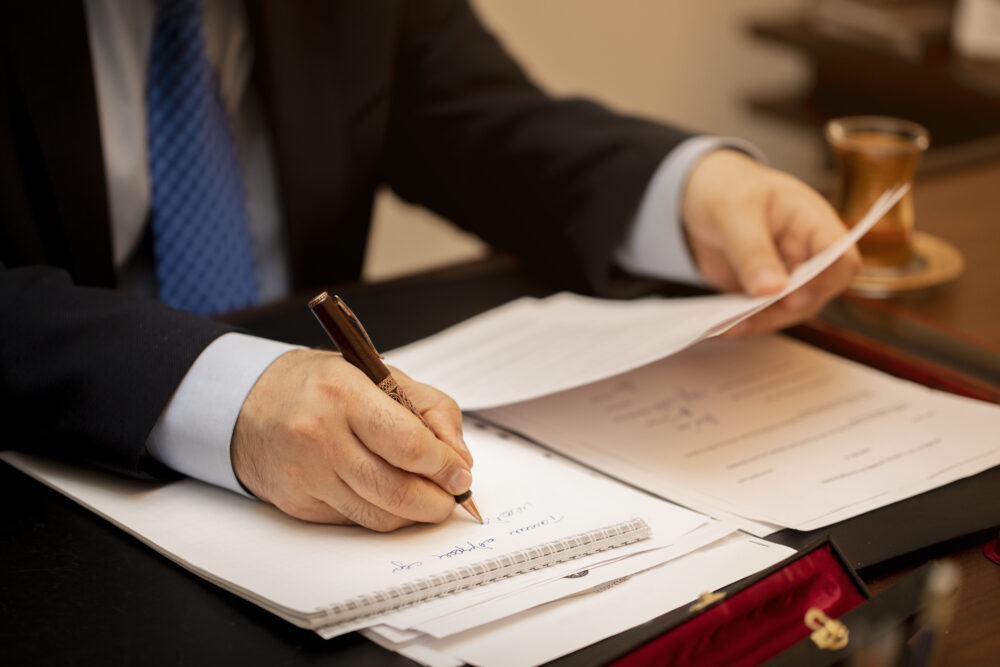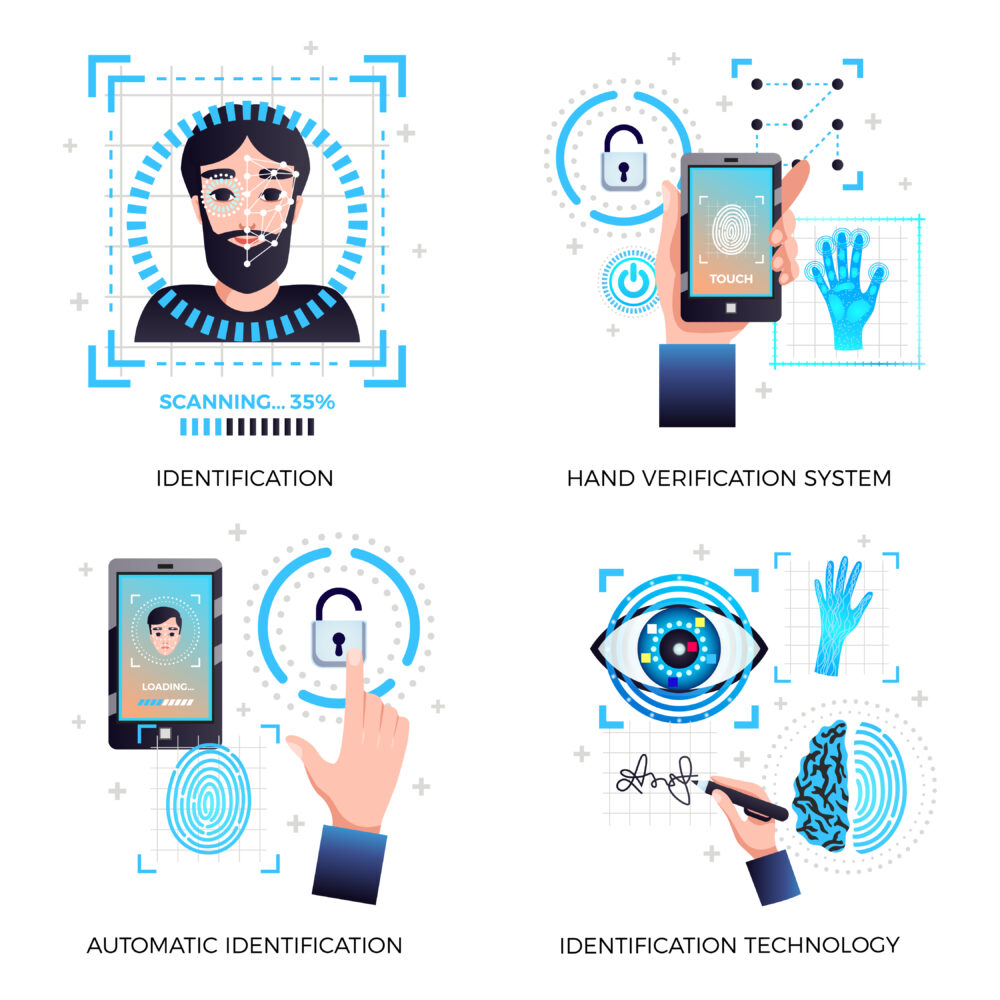A patent is a legal document granted by the government to inventors or organizations that grants the right to exclude others from making, using, selling, or importing an invention for a certain period of time. In Vietnam, the legal framework for patents is regulated by the Law on Intellectual Property, which was first enacted in 2005 and has since been amended several times to align with international standards, the last updated version is 2022 Amended IP Law.
Patent protection is essential for promoting innovation and creativity, as it provides inventors and organizations with the incentive to invest time, money, and resources into the development of new technologies and products. By granting exclusive rights over an invention, the government encourages innovation and helps to prevent others from copying or stealing the invention.
1. Criteria for Registering Patents in Vietnam
To be eligible for patent protection in Vietnam, an invention must meet the criteria stipulated under Article 58 of Vietnam Intellectual Property Law, including:
- Novelty: The invention must be new and not published anywhere in the world before the filing date of the patent application.
- Inventiveness: The invention must involve an inventive step and cannot be obvious to a person skilled in the relevant field, considering the state of the art at the time of filing.
- Industrial applicability: The invention must have potential for industrial application.
To determine the novelty of an invention, you can assess if the technical solution is based on publicly disclosed information, such as descriptions in text or other forms, both domestically and internationally, prior to the filing date or the priority date of the patent application in case the invention enjoys the priority right. The technical solution must not be easily created by someone with average knowledge in the relevant field. The technical solution disclosed under the provisions of Article 60, paragraphs 3 and 4 of the Vietnamese Intellectual Property Law will not be used as a basis for evaluating the level of novelty of the invention.
Please be noted that, according to Article 59 of Vietnam Intellectual Property Law, the following objects can not be registered as a patent:
- Inventions, scientific theories, mathematical methods;
- Diagrams, plans, rules and methods for performing mental activities, training animals, playing games, conducting business; computer programs;
- Modes of expressing information;
- Solutions that only have aesthetic features;
- Plant and animal breeds;
- Processes for producing plants and animals primarily having a biological nature, not a genetic engineering process;
- Methods for preventing, diagnosing and treating diseases in humans and animals.
2. Procedure to register a Patent in Vietnam
The procedure to register a patent in Vietnam involves several basic steps, including:
- Filing a patent application: The patent application must include a description of the invention, drawings, and claims. The application should also have evidence of the invention’s novelty, inventiveness, and industrial applicability.
- Examination of the patent application: The National Office of Intellectual Property (NOIP) will examine the patent application and determine whether it meets the eligibility criteria for patent protection.
- Granting of the patent: If the patent application is accepted, the NOIP will grant the patent and publish it in the Official Gazette.
- Validity of the patent: Patents in Vietnam have a term of 20 years from the filing date, cannot be extended.
3. Licensing the patent
After the patent is granted, the owner may license the patent to another party, either exclusively or non-exclusively. The licensing agreement must be in writing and must comply with Vietnamese law. The terms of the licensing agreement should specify the rights and obligations of both parties, including the duration of the license, the scope of the license, and any royalties or other fees that must be paid.
4. What to Pay Attention to When Licensing a Patent in Vietnam
When licensing a patent in Vietnam, it is important to consider the following:
- Due diligence: Before entering into a licensing agreement, it is advisable to conduct due diligence on the other party to ensure that they are capable of fulfilling their obligations under the agreement.
- The terms of the licensing agreement: The licensing agreement should clearly specify the rights and obligations of both parties, including the duration of the license, the scope of the license, and any royalties or other fees that must be paid.
- Compliance with Vietnamese law: The licensing agreement must comply with Vietnamese law, including the Law on Intellectual Property, the Law on Commerce, the Law on Investment. It is important to consult with a legal expert to ensure that the licensing agreement is legally binding and enforceable.
- Dispute resolution: The licensing agreement should also provide a mechanism for resolving disputes that may arise between the parties. This may involve the use of arbitration, mediation, or court proceedings, and it is important to agree on the jurisdiction and the law that will apply in the event of a dispute.
In conclusion, licensing a patent in Vietnam requires careful consideration of the legal framework and due diligence on the other party involved. It is important to understand the criteria for patent protection and the steps involved in licensing a patent, as well as the terms of the licensing agreement and any legal requirements. With the right guidance, patent licensing can provide valuable benefits for both parties, protecting the rights of the patent owner and facilitating the transfer of technology and innovation.
In conclusion, the process of licensing a patent in Vietnam requires careful consideration and attention to detail, to ensure that the licensing agreement is legally binding and enforceable. By taking the time to understand the criteria for registering patents, the procedure for licensing patents, and the key considerations when licensing patents, relevant parties can ensure that their intellectual property is protected and that they are able to make the most of their innovative ideas and technologies.
5. Main terms and clauses of a typical patent licensing agreement
A typical patent licensing agreement in Vietnam will typically include the following main terms and clauses:
a. Definition of terms: This section defines key terms and concepts used in the agreement, such as the term of the license, the scope of the license, and the exclusivity of the license.
b. Grant of license: This section sets out the terms of the license agreement, including the scope of the license, the rights and obligations of each party, and the duration of the license.
Key notes:
- This section should clearly define the scope of the license, including which products or services are covered, the geographic area in which the license is valid, and any limitations on the use of the licensed patent.
- The rights and obligations of each party should be clearly defined, including the obligation to pay royalties and the right to terminate the license in the event of breach of contract.
c. Royalties: This section sets out the terms for payment of royalties, including the royalty rate, the payment schedule, and the method of calculation.
Key notes:
- The royalty rate should be negotiated and agreed upon by the parties, taking into account the value of the patent, the scope of the license, and the commercial viability of the products or services covered by the license.
- The payment schedule should be clearly defined, and the method of calculation should be agreed upon in advance to avoid disputes.
d. Termination: This section sets out the grounds for termination of the license, including breach of contract, insolvency, and expiration of the term of the license.
Key notes:
- The grounds for termination should be clearly defined, and the process for termination should be agreed upon in advance to avoid disputes.
- This section may also include provisions for dispute resolution, such as arbitration or mediation, in the event of a disagreement between the parties.
e. Confidentiality: This section sets out the obligations of the parties with regard to confidentiality, including the protection of confidential information and the protection of trade secrets.
Key notes: The obligations of the parties with regard to confidentiality should be clearly defined, and the process for enforcement should be agreed upon in advance to avoid disputes.
f. Assignment: This section sets out the rights and obligations of the parties with regard to assignment of the license, including the transfer of ownership, the right to sublicense, and the right to assign the license to a third party.
Key notes: The rights and obligations of the parties with regard to assignment should be clearly defined, and the process for assignment should be agreed upon in advance to avoid disputes.
g. Governing law: This section sets out the law that will govern the license agreement, including the jurisdiction and the courts that will have jurisdiction over any disputes arising from the agreement.
Key notes: taking into account the location of the parties, the location of the patent, and any other relevant factors.
6. Prohibited clauses
The IP Law states that license agreements cannot contain provisions that unreasonably restrict the rights of the licensee, particularly if they do not stem from the rights of the licensor. Besides, provisions such as:
- prohibiting the licensee from improving the protected property,
- forcing the transfer of improvements to the licensor for free,
- restricting the licensee from exporting goods,
- mandating the purchase of materials from the licensor or a designated third party, and
- forbidding the licensee from complaining about or challenging the validity of the protected property rights
are not allowed. If a license agreement includes any of these provisions, they will be considered invalid.
7. Licensing validity
Article 148.3 of the Intellectual Property (IP) Law states that a license agreement will come to an end when the validity of the licensed IP right (IPR) expires. Once the IPR’s validity period is up or terminated, the corresponding license agreement will also cease to be valid. In this situation, royalty payments may no longer be required, and the licensee is free to compete without restrictions, unless the license agreement specifically includes different provisions agreed upon by both parties.
8. Defense the patent protection by foreign rights owners
A foreign owner or licensor of intellectual property can initiate legal action against a third party for infringement without including the licensee as a party in the proceedings in Vietnam. The law also permits a licensee to request administrative action against infringement, as long as the right owner doesn’t explicitly restrict the licensee’s right to do so. Although the laws do not clearly state the same for civil and criminal measures, it may be assumed that the same requirements will apply. The licensee may be contractually restricted from taking legal action against an infringer of the licensed intellectual property without the permission of the owner or licensor.
9. Taxation
A foreign entity that receives income from a licensing agreement with a Vietnamese party will be subject to Foreign Contractor Tax (FCT). This tax is governed by any double taxation avoidance agreement that Vietnam has with the country where the foreign entity is based. The FCT, which consists of Corporate Income Tax (CIT) and Value-Added Tax (VAT), is collected through withholding. The FCT rates vary based on the type of services provided, with the CIT component ranging from 0.1% to 10% and the VAT component ranging from exempt to 5%.
Disclaimer: This article is for general information only and is not a substitute for legal advice. Apolat Legal is a Vietnamese law firm with experience and capacity to advise on matters related to Intellectual Property Right. Please click here to learn more about our services and contact our lawyers in Vietnam for advice via email info@apolatlegal.com.





































